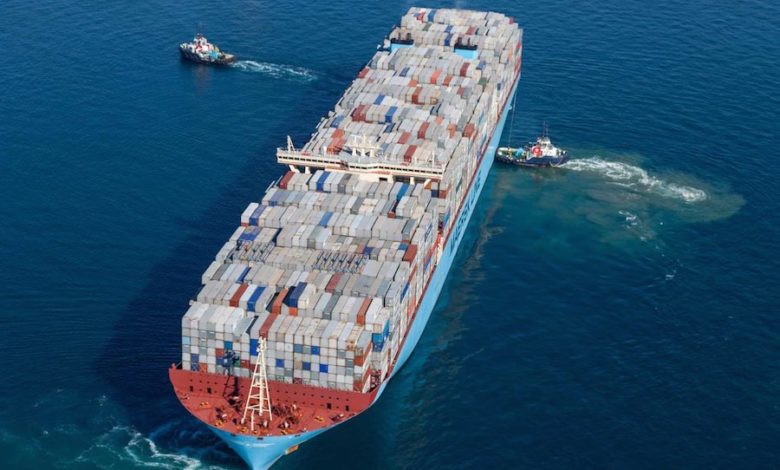Maersk adds another $7bn to revised full year earnings as liner records tumble

Liner CFOs are getting accustomed to using the shredder during the pandemic. Forecasts have tended to be way off, leading to many carriers repeatedly revising up their full year guidances.
The latest to do so today – for the second time in three months – is A.P. Møller – Mærsk, often considered a bellwether for the container shipping segment.
Notching up revenues of $21.7bn and an underlying EBITDA of $10.3bn for the second quarter, Maersk today cited the ongoing congestion in global supply chains for the continued elevated freight rates.
Maersk said it now expects to record a full year EBITDA of around $37bn, up from an earlier revised forecast of $30bn. The carrier had started out in 2022 forecasting full year earnings would be in the region of $24bn, something that is now off by more than 50%, a stark illustration of just what a bumper, record year liner shipping is enjoying in 2022. Maersk will officially publish its Q2 results tomorrow.
“Several carriers have increased their earnings outlook for 2022,” Lars Jensen, CEO of liner consultancy Vespucci Maritime, pointed out in a post on LinkedIn today, going on to explain: “On the surface that appears to contradict the narrative of a declining market, but reality is that whilst spot rates are declining, contract rates for 2022 are substantially higher than for 2021. And even though contracts will come under pressure (some already are), and even if/when some contracts might be lowered this could well be to levels still exceeding what was seen in 2021.”
